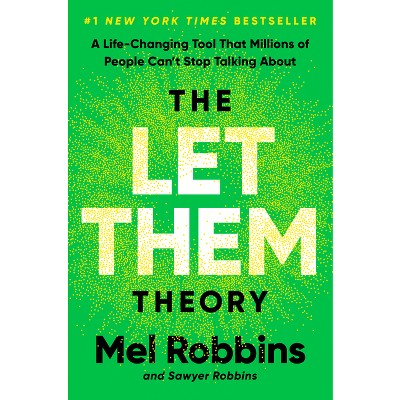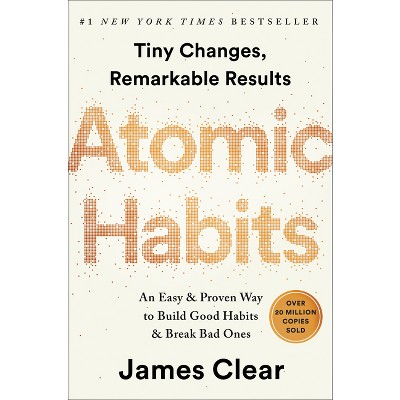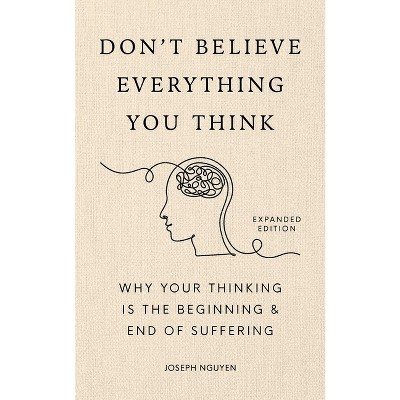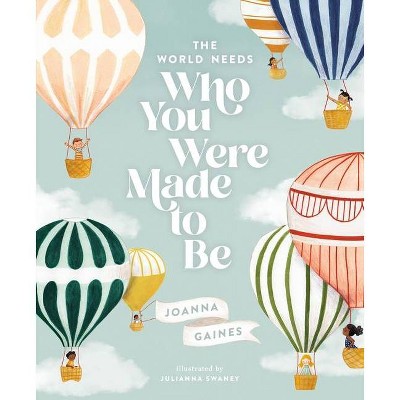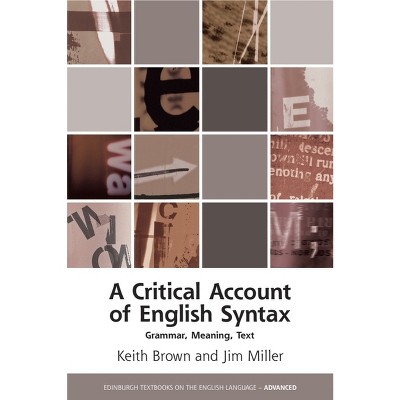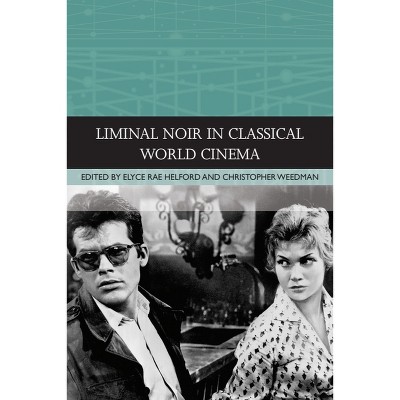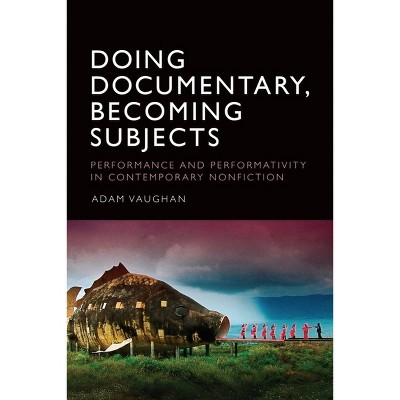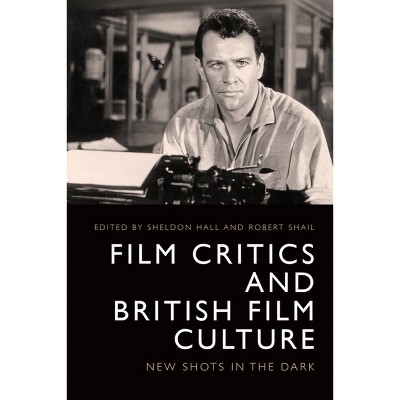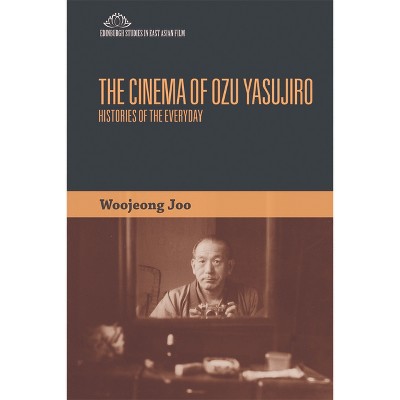About this item
Highlights
- Investigates how the cinematic tendency of Joyce's writing developed from media predating filmFirst comprehensive consideration of Joyce in the context of pre-filmic 'cinematicity'.
- About the Author: Keith Williams is Reader in English Literature at the University of Dundee, Scotland.
- 304 Pages
- Performing Arts, Film
Description
About the Book
In this book, Keith Williams explores Victorian culture's emergent 'cinematicity' as a key creative driver of Joyce's experimental fiction, showing how Joyce's style and themes share the cinematograph's roots in Victorian optical entertainment and science.
Book Synopsis
Investigates how the cinematic tendency of Joyce's writing developed from media predating film
First comprehensive consideration of Joyce in the context of pre-filmic 'cinematicity'.Research and analysis based on recent 'media archaeology'.Examines the shaping of Joyce's fiction by late-Victorian visual culture and science.Shows that key aspects of his literary experimentation derive from 'forgotten' popular cultural practices and 'vernacular modernism'.Shows Joyce's interaction with and critique of Modernity's developing 'media cultural imaginary'.
In this book, Keith Williams explores Victorian culture's emergent 'cinematicity' as a key creative driver of Joyce's experimental fiction, showing how Joyce's style and themes share the cinematograph's roots in Victorian optical entertainment and science. The book reveals Joyce's references to optical toys, shadowgraphs, magic lanterns, panoramas, photographic analysis and film peepshows. Close analyses of his works show how his techniques elaborated and critiqued their effects on modernity's 'media-cultural imaginary'.
From the Back Cover
'Williams explores the cinematicity of Joyce's writing not only as an expression of the 'Modernism' of contemporaneous film practices but also of long established media familiar to him from boyhood-shadow theatre, the kaleidoscope and stereoscope, chronophotography, panoramas and above all the magic lantern. A fascinating and thought-provoking study.' Jeremy Brooker, Chairman, Magic Lantern Society Investigates how the cinematic tendency of Joyce's writing developed from media predating film In this book, Keith Williams explores Victorian culture's emergent 'cinematicity' as a key creative driver of Joyce's experimental fiction, showing how Joyce's style and themes share the cinematograph's roots in Victorian optical entertainment and science. The book reveals Joyce's references to optical toys, shadowgraphs, magic lanterns, panoramas, photographic analysis and film peepshows. Close analyses of his works show how his techniques elaborated and critiqued their effects on modernity's 'media-cultural imaginary'. Keith Williams is Reader in English at the University of Dundee and Director of the Centre for Critical and Creative Cultures. Cover image: slide 6 of Love's Old Sweet Song (James Bamforth, set of 8 lantern slides, 1899). Private Collection; photo by Robert MacDonald. Reproduced by permission from Lucerna, the Magic Lantern Web Resource, www.slides.uni-trier.de Cover design: Richard Budd [EUP logo] edinburghuniversitypress.com ISBN 978-1-4744-0248-4 BarcodeReview Quotes
Thoughtful, meticulously researched, and beautifully presented, James Joyce and Cinematicity: Before and After Film succeeds in returning Joyceans to Joyce, inviting them to encounter "the most cinematic of writers" with fresh, and freshly educated, eyes.--Nicholas Andrew Miller, Loyola University Maryland "James Joyce Literary Supplement"
Williams builds on recent critical developments in media archaeology and Irish screen studies to undertake substantial archival research that contextualises Dublin's (and Ireland's) media-cultural industry in the late Victorian and Edwardian eras [...] Read in this way, Joyce's work proves to have been shaped by a long tradition of media-cultural visual displays that in turn allowed it to anticipate the film-making methods of Sergei Eisenstein and others.--Jenny McDonnell, IADT "Dublin Review of Books"
Williams explores the cinematicity of Joyce's writing not only as an expression of the "Modernism" of contemporaneous film practices but also of long established media familiar to him from boyhood-shadow theatre, the kaleidoscope and stereoscope, chronophotography, panoramas and above all the magic lantern. A fascinating and thought-provoking study.-- "Jeremy Brooker, Chairman, Magic Lantern Society"
Williams introduces a fresh take on a field much studied within Joyce studies. The work shows no weak spots as it takes the reader through the technical elements surrounding media-cultural imagery and then to how these can be read in the different works by James Joyce.--Julieta Abella, Universidad de Buenos Aires "Irish Studies Review"
Williams's book is a necessary and recommended addition to the scholarship on Joyce and visual-media culture, drawing on an impressive level of archival research which helps to better visualize the panorama of his world.--Jeffrey Longacre, University of Tennessee at Martin "James Joyce Quarterly"
Williams's study not only constitutes a valuable contribution to Joyce studies on film and visual culture but also to research in 'metaphoric' visuality in general, especially in modernist literature. Providing many valuable findings and stimulating impulses, it will be a substantial reference for further scholarship.--Katharina Rajabi, University of Munich "James Joyce Broadsheet"
Williams's wide range of primary and secondary research coupled with carefully nuanced readings of Joyce's language demonstrate "cinematicity" to have been a primary stylistic and structural factor in Joyce's writing and make this an authoritative statement on Joyce's use of early media. [...] Summing Up: Recommended.--W. S. Brockman, Pennsylvania State University "CHOICE"
About the Author
Keith Williams is Reader in English Literature at the University of Dundee, Scotland. His most recent monograph is James Joyce and Cinematicity: Before and After Film (Edinburgh University Press, 2020), which has received excellent reviews in leading journals in the field: The James Joyce Quarterly, James Joyce Broadsheet and Irish Studies Review.

